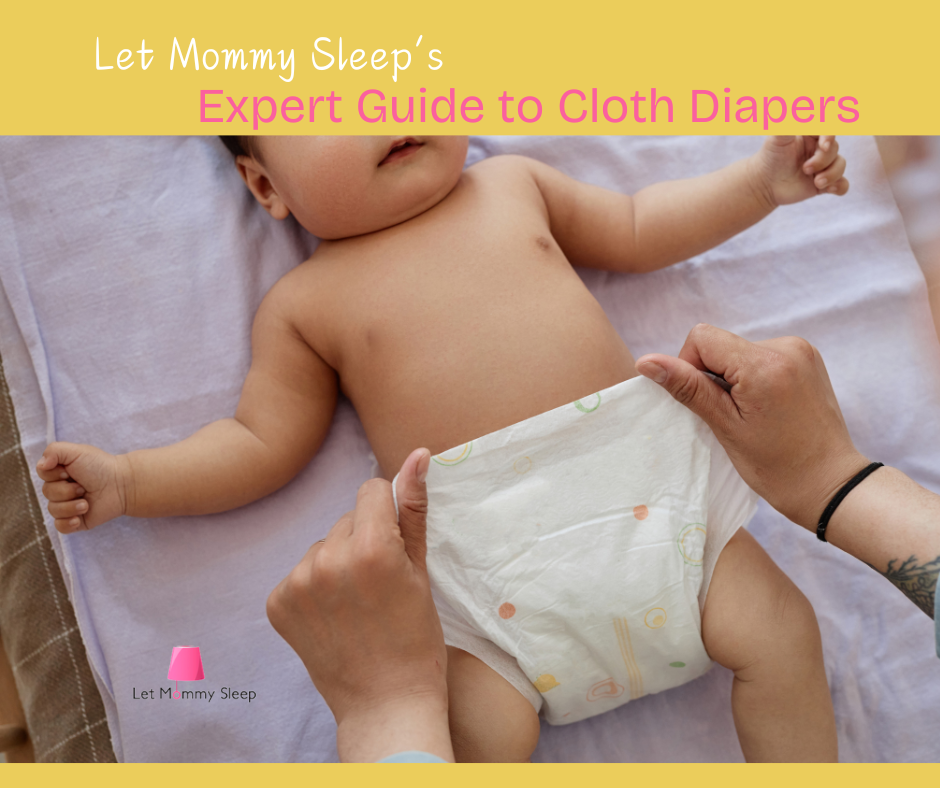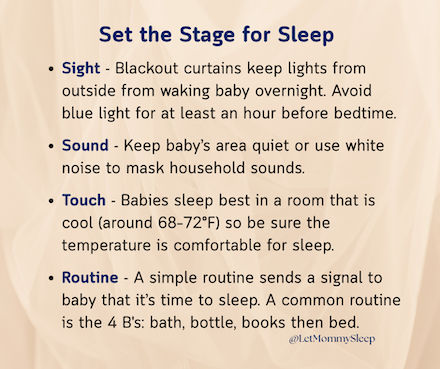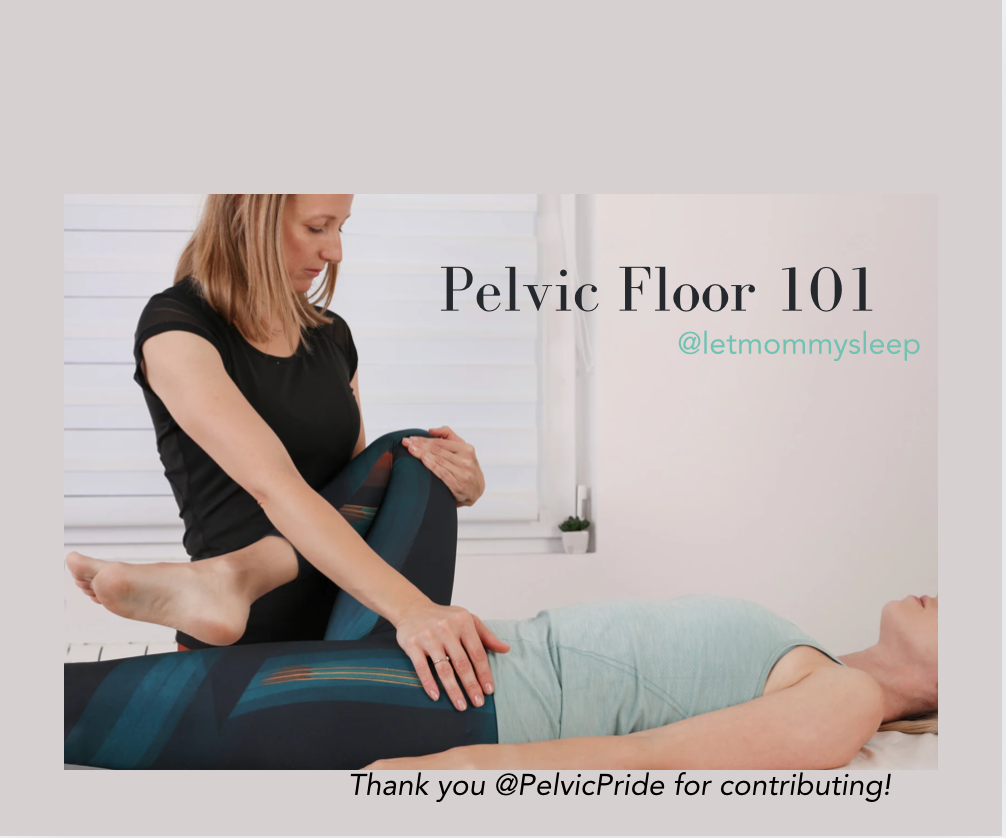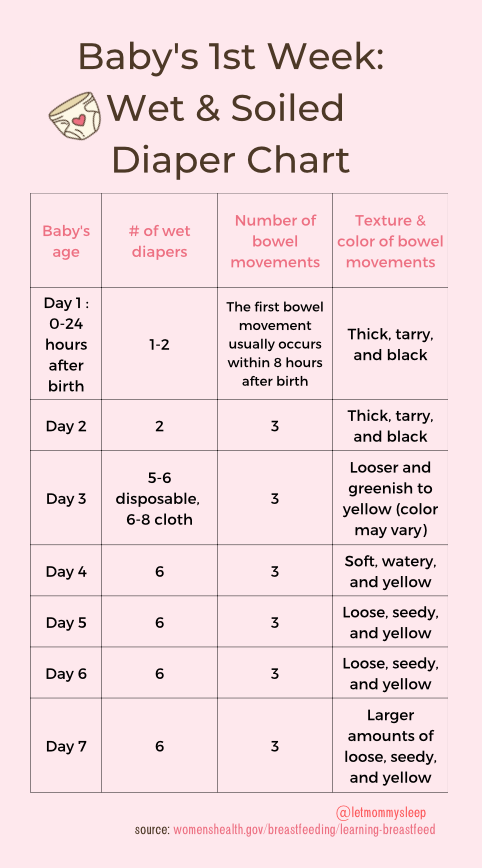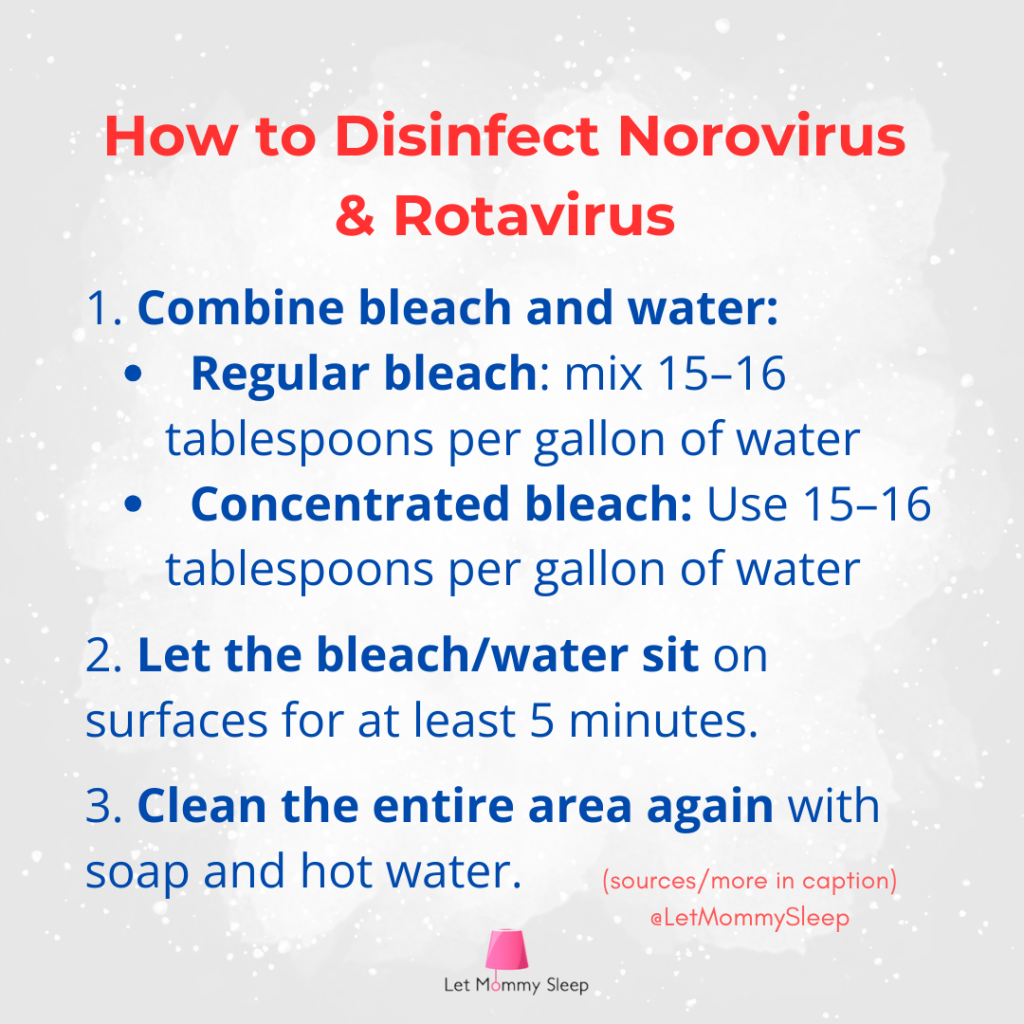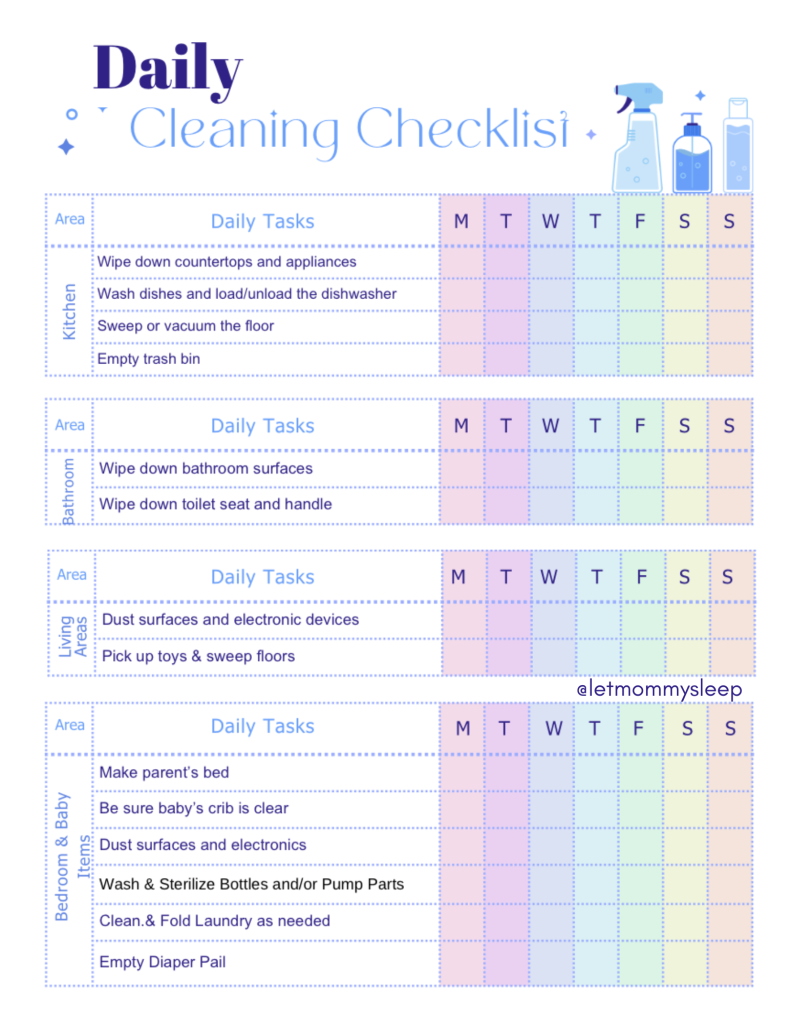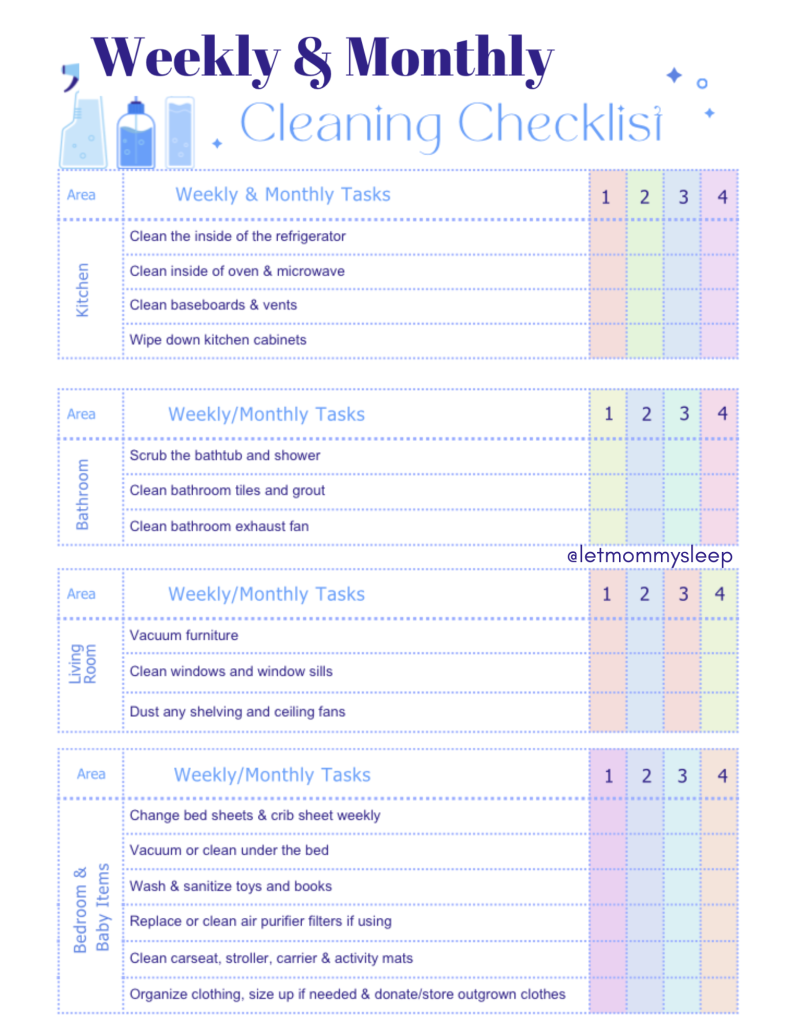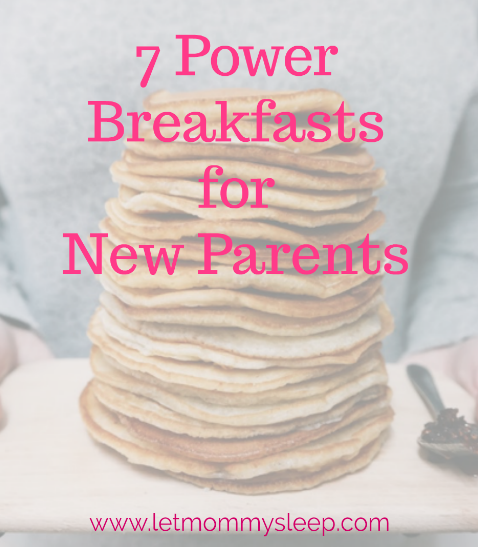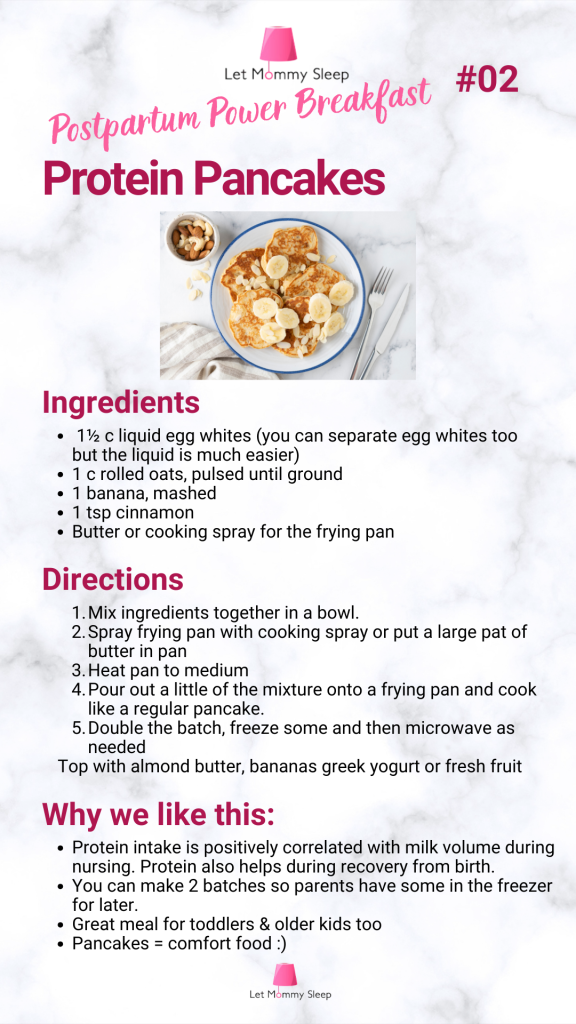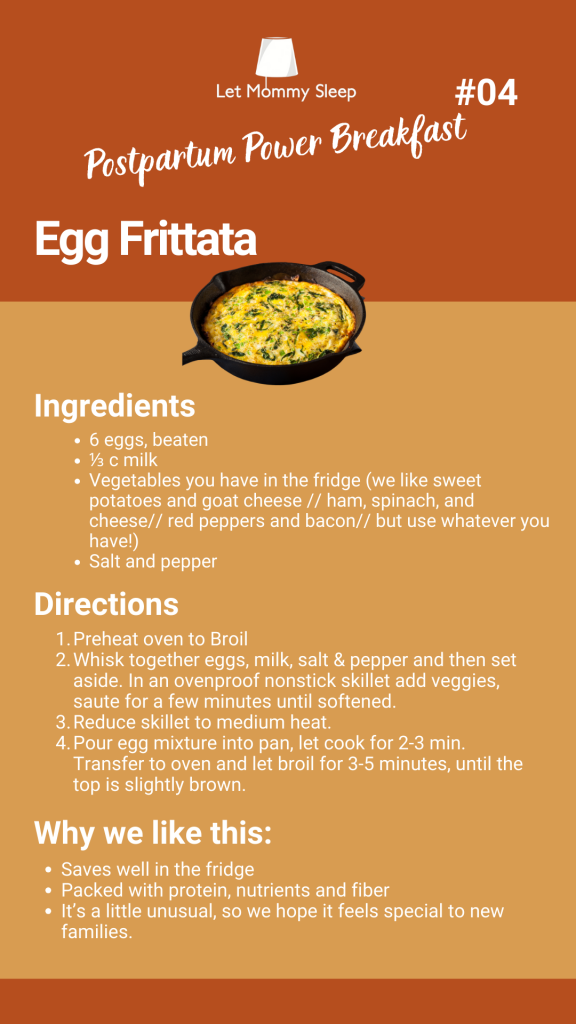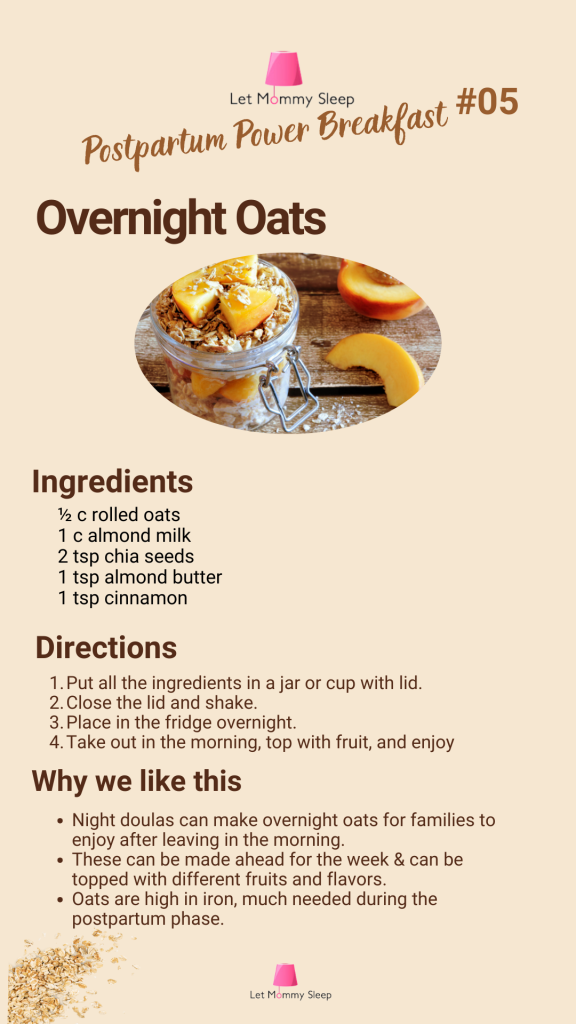After 15 years of postpartum care of families, our night doulas and nurses have seen a lot of changes in cloth diapering! There are so many options that are convenient and eco-friendly and fit the different needs of newborns and their families. Don’t let all the choices feel overwhelming though! Let Mommy Sleep’s expert guide to cloth diapers will break it all down below.
Which are cheaper, Cloth Diapers or Disposable Diapers?
Cloth diapers have a higher upfront cost but are much cheaper in the long run compared to disposables. Here’s how that breaks down: full set of cloth diapers which is 24-30 diapers plus laundry expenses of about $200 per year for water, detergent, and electricity will cost about $500-$750. Disposable diapers cost around $70–$100 per month, totaling $2,000–$3,000 over 2-3 years. The total cost varies on factors like energy-efficient washing machines and whether families opt for premium cloth brands or budget-friendly options.
Expert Guide to Cloth Diapers – Are Cloth Diapers Better for the Environment?
Yes cloth diapers are better for the environment. Cloth diaper inserts are biodegradable and can be reused. While there are some plant based disposables, most well-known, brand name diapers are made of 30-50% plastic. Because of this they contribute to long-term landfill waste and do not easily decompose.
All of this said, disposables are certainly convenient!
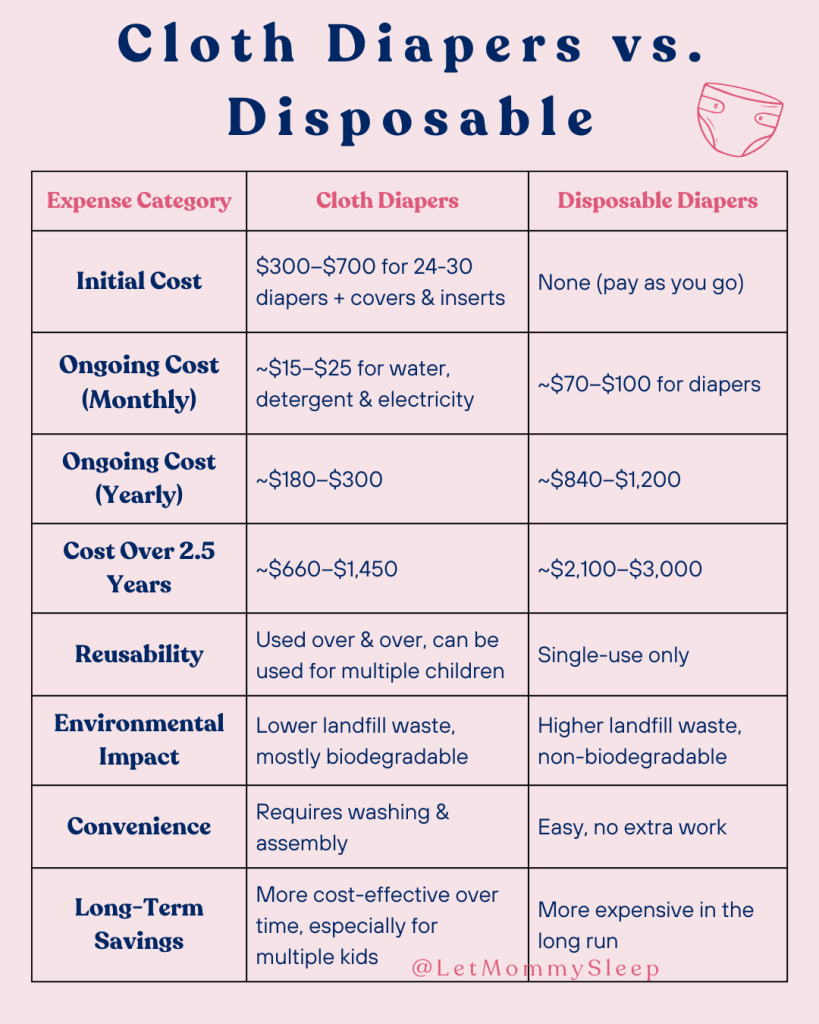
Expert Guide to Cloth Diapers: What Type Should I Use?
If you’re thinking about using cloth diapers, it’s important to know that they come in a variety of styles and price points. Whether you’re looking for the most affordable option, the easiest to use, or something in between, there’s a cloth diaper type to suit your lifestyle. The four main types of cloth diapers are:
- Prefolds/Flats with Covers
- Pocket Diapers
- All-in-Ones (AIOs)
- Hybrid Diapers
Prefolds/Flats with Covers
This system consists of two parts, and you can choose different closure styles for the covers, such as Velcro, front snaps, or side snaps.
- An absorbent inner layer (called a flat or a prefold).
- Flats: A large single layer of fabric that requires folding.
- Prefolds: A pre-stitched version with a thick, absorbent center.
- A waterproof outer cover to prevent leaks.
Pros:
- Cost-effective: Prefolds and flats are the most budget-friendly option, as covers can be reused for multiple changes.
- DIY options: You can upcycle materials like old T-shirts as inner layers.
- Versatile: Covers can often double as swim diapers
Cons:
- Learning curve: Folding flats or shaping prefolds into a diaper takes some practice. It’s nothing you can’t figure out, but does add another item to your to-do list.
- Bulk: These diapers can feel bulkier than others, especially for small babies.
How Many You’ll Need
- 3-4 covers minimum; we like to suggest 6-8 in the newborn phase when output is at the maximum!
- 24-30 prefolds or flats, plus a few overnight inserts
Pocket Diapers
How They Work
Pocket diapers have a waterproof outer layer and an inner wicking layer with a pocket for stuffing absorbent inserts. They consist of two layers: a wicking inner layer and a waterproof outer layer, with a pocket between the two. This pocket is where you place absorbent inserts, allowing you to customize the diaper’s absorbency.
Pros:
- Adjustable absorbency: You can customize with different inserts for daytime or overnight use.
- Easy to use: Once pre-stuffed, they go on like a disposable diaper.
Cons:
- Requires washing after each use: Both the cover and insert need cleaning.
How Many You’ll Need
- 24-30 pocket diapers
- Extra inserts for heavy wetters or overnight
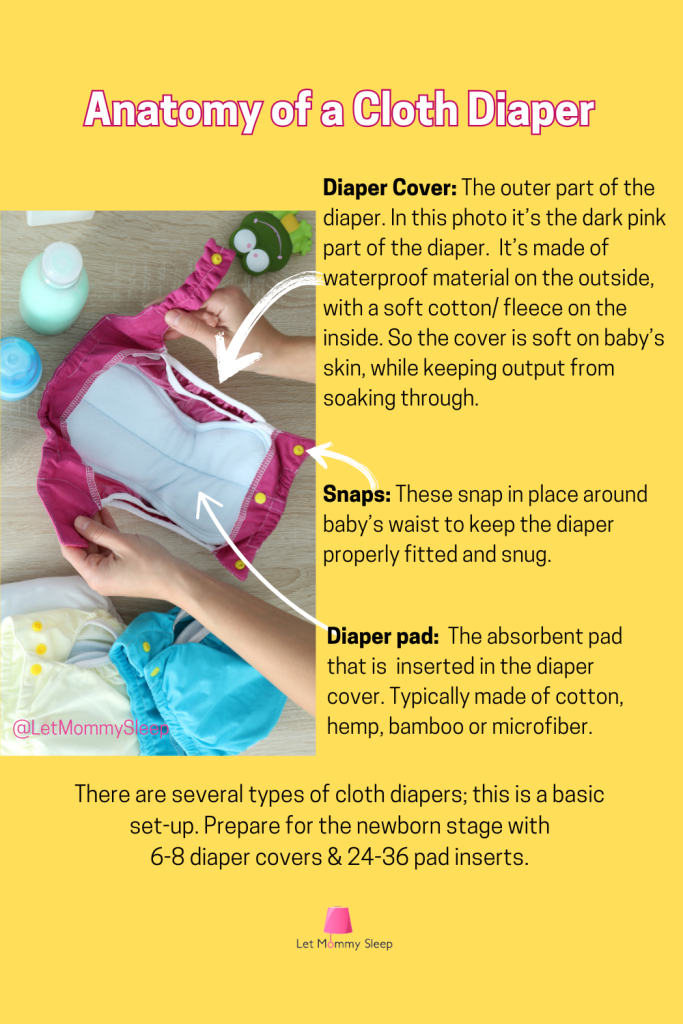
All-in-One (AIO) Diapers
How They Work
As the name implies, all-in-ones integrate the waterproof layer, absorbent material, and wicking layer into a single diaper. If you’re wondering why everyone doesn’t just buy these, you might be right but cost is a factor in using these diapers.
Pros:
- Ultimate convenience: No assembly or folding needed—just use and wash.
- Beginner-friendly: Perfect for parents new to cloth diapering.
Cons:
- Higher cost: The convenience comes with a price tag.
- Limited adjustability: Less customizable absorbency compared to pockets.
How Many You’ll Need
- 24-30 all-in-one diapers to start. You may purchase more as baby grows. Also, we don’t have data to support this but we suspect some diapers cannot be saved and may be left in the garbage can at stores and malls instead of transported back home.
Hybrid Diapers
How They Work:
A hybrid diaper has a reusable shell just like a traditional cloth diaper system but uses disposable inserts, usually made of cotton. So you keep the shell but flush, throw away, – or if you have the time and room – compost the inserts. Unless you are composting, there is no need to “scrape” the diaper of its contents, you simply throw away the insert with the waste inside, just as you would a plastic diaper.
Pros:
- a more eco-friendly alternative compared to fully disposable diapers.
- Unlike traditional cloth diapers, there’s no need to scrape waste from the diaper—just throw away the insert along with the waste.
Cons:
- require purchasing disposable/compostable inserts regularly, which can add up over time compared to fully reusable cloth diaper systems.
- even though the shell is reusable, the inserts create waste. If you aren’t composting, you’ll need to dispose of them, which may feel less environmentally friendly than fully reusable options
How Many You’ll Need:
- 6-8 shells to rotate through
- Inserts: Since you’ll be throwing away or composting the inserts after each use, you’ll need a large supply. Aim for around 140 inserts for the first 2 weeks and then about 8 per day for as long as you use them.
Expert Guide to Cloth Diapers – What about Grandparents or Babysitters that Don’t Want to use the Cloth Diapers? And what if I change my mind?
If baby is going to stay with a caregiver who isn’t confident using cloth diapers, that’s okay! It’s also fine if you try it and don’t want to cloth diaper forever. There are other planet friendly products such as organic diaper creams, or you can make reusable towels as wipes if you want! And if you are committed to one way of diapering, it’s FINE if you are able to do it your chosen way most of the time. You can use disposables some of the time, such as during travel, and still be helping our environment by cloth diapering most of the time.
Diapering is just like any other parenting choice. Cost, convenience, comfort and social responsibility can be taken into consideration. Whatever decision you make will be the right one for your family.
If you’re expecting and want more tips, sign up to receive our free newborn and postpartum support guide!
